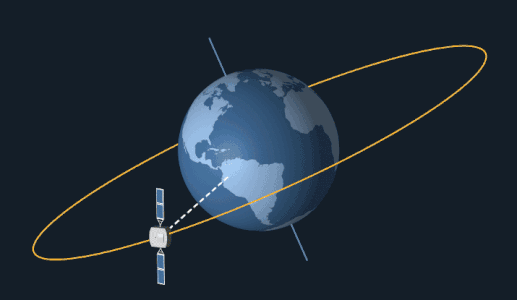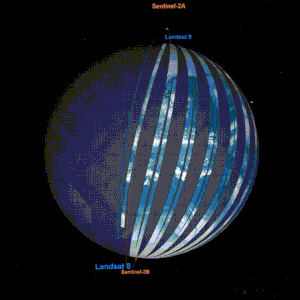May 4, 2023

On Thursday, April 20, 2023, a rare hybrid solar eclipse occurred, captivating thousands of onlookers in Western Australia. This type of solar eclipse is unique as it changes its appearance from annular to total and back as the Moon's shadow moves across the Earth's surface. Totality occurs in a narrow path across the surface of the Earth, with the partial solar eclipse visible over a surrounding region thousands of kilometres wide. Hybrid solar eclipses are extremely rare, occurring in only 3.1% of solar eclipses in the 21st century.
The eclipse was visible in the North West Cape peninsula and Barrow Island in Western Australia, eastern parts of East Timor, as well as Damar Island and parts of the province of Papua in Indonesia. More than 20,000 people watched the eclipse from the town of Exmouth on Western Australia's North West Cape, where infrastructure and services were provided for the visitors. Exmouth's normal population is less than 3,000.
Animated path of the eclipse - source Wikipedia
The Moon passed between Earth and the Sun, obscuring the Sun for a viewer on Earth. Portions of the eclipse's path near sunrise and sunset were annular. Occurring only 4.1 days after perigee (Perigee on Sunday, April 16, 2023), the Moon's apparent diameter was 1.02% larger than average.
Satellites were able to capture the shadow of the Moon as it passed over Western Australia, such as the Himawari-8 from the Japan Meteorological Agency. In the animation provided by the agency, the exact path of the Moon's shadow can be seen moving northeast. In the upper part of the image, the reflection of the Sun on the Ocean can be seen going west along the Equator.
Himawari-8 is a meteorological satellite that covers the area of Japan and parts of Asia and Oceania, including Australia. The satellite is stationed over a determined area of the globe, for which they are called Geostationary Satellites. Geostationary Satellites stay in very high altitude orbits, around 36,000 km, to keep their position always over the same point of the globe.
There are other types of Earth Observation (EO) satellites that follow different orbits around the globe, like the Landsat and Sentinel series. These satellites can take pictures of the whole world all around, instead of staying stationed over the same point. They are put in orbits passing near the poles at lower altitudes around 800 km, while the Earth turns round, so that each day they can advance to another location and take pictures at near the same Sun-light time. These satellites are called Polar Sun-Synchronous Orbit Satellites.
In conclusion, the rare hybrid solar eclipse of April 20, 2023, was a significant moment of astrotourism and tourism in Western Australia. The eclipse was observed by thousands of people in Exmouth, and satellites like Himawari-8 captured the Moon's shadow as it passed over Western Australia. The event reminded us of the unique astronomical phenomena that take place in our solar system and the role that technology plays in capturing and studying these events.

This blog was written by:
Sérgio Volkmer
Sérgio is a mapping and remote sensing enthusiast, producing content for Soar.Earth. He studied geology and holds a Master of Philosophy, and is now an architect and contributor to OpenStreetMap and OpenData communities. He believes that information and knowledge are first steps towards personal fulfilment that lead to a better world.
View author's Soar profile



